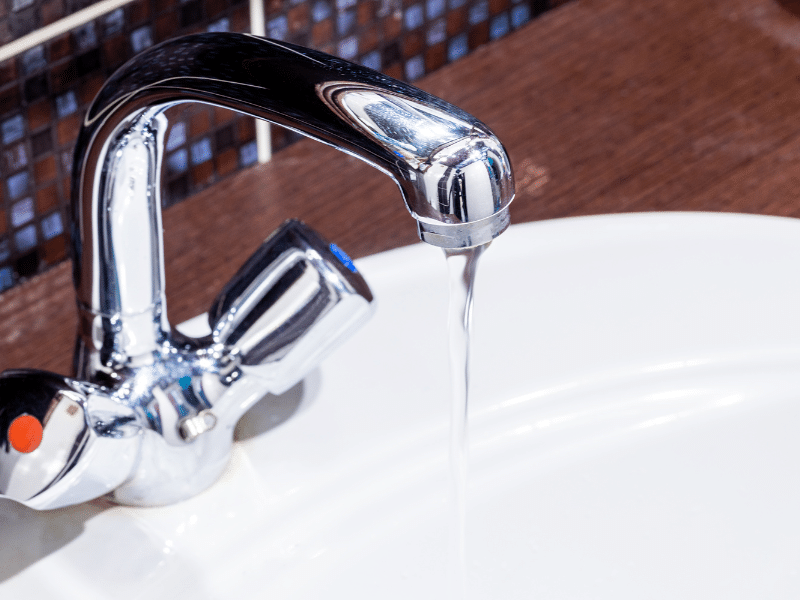Taking a shower not only keeps you fresh and clean, but it also helps relieve stress and makes you feel relaxed. However, when the water pressure reduces to a trickle, it can be frustrating. Low water pressure in the bathroom is a sign that something is not right within the bathroom’s plumbing system.
Causes of low water pressure
Ongoing maintenance
If the water pressure is low in all the fixtures in your home, then it could likely be due to ongoing maintenance work by your local water supplier. Check with your neighbors if they are facing the same problem. If this is the case, it will be a temporary problem that will resolve within a few hours; otherwise, you will have to look for problems within your plumbing system.
Inoperable water pressure regulator
If the water pressure is low in every fixture in your bathroom, the likely culprit is your pressure regulator valve. It is a valve that reduces the high incoming water pressure from the main supply to provide a lower and more consistent water pressure through all the fixtures. If the pressure regulator valve is broken, it can cause low water pressure. It also causes a hammering sound from your bathroom walls.
The shutoff valve isn’t open
There are two shut-off valves in your home-one inside your house and the other at the water meter or where the property meets the street. If any of these valves are only partially open or broken, it can affect the water supply in your home. So, make sure they are both open.
Leakage
A leak somewhere within your home can cause low water pressure. Try to look for any signs of leakage, such as damp patches on the floor, ceilings, walls, water pooling, and mold or mildew growth. Remember, even a leaking toilet can cause low water pressure, so do not just check the pipes; inspect the toilets as well.
Clogged or corroded pipes
Over time, pipes can become clogged with rust, mineral deposits, and other substances. This can cause low water pressure. When a clogged pipe causes low water pressure, the water flows normally for a few seconds when you open the faucet, but then the pressure reduces. If the pipes in your home are made of copper or galvanized steel, over time, they can begin to corrode because of sediment deposits. Eventually, the pipes may become severely corroded from the inside and restrict the flow of water, causing low water pressure.
Frozen pipes
When the temperatures drop to freezing levels, it can cause the pipes to freeze up. This can restrict water flow and cause low water pressure. If you suspect that frozen pipes are causing the problem, try applying heat externally and flush through hot water to defrost them.
Malfunctioning water heater
Your water heater can also be responsible for the low water pressure in your bathroom. A faulty pressure relief valve or sediment buildup in the water heater can reduce the flow of water and cause low water pressure throughout the home. You can flush the water heater to remove any sediment. If this doesn’t solve the problem, schedule a service appointment.
In short, low water pressure can result from various causes, including plumbing system issues, problems with water heaters, or localized fixture issues. In some cases, it can be difficult to pinpoint the real reason. So, it is best to seek the help of an experienced plumber who can correctly diagnose the problem and then repair it.
If you’re struggling with low water pressure in your bathroom, don’t hesitate to reach out to our experienced team today. We’re here to help you resolve this issue efficiently and restore your water flow.





